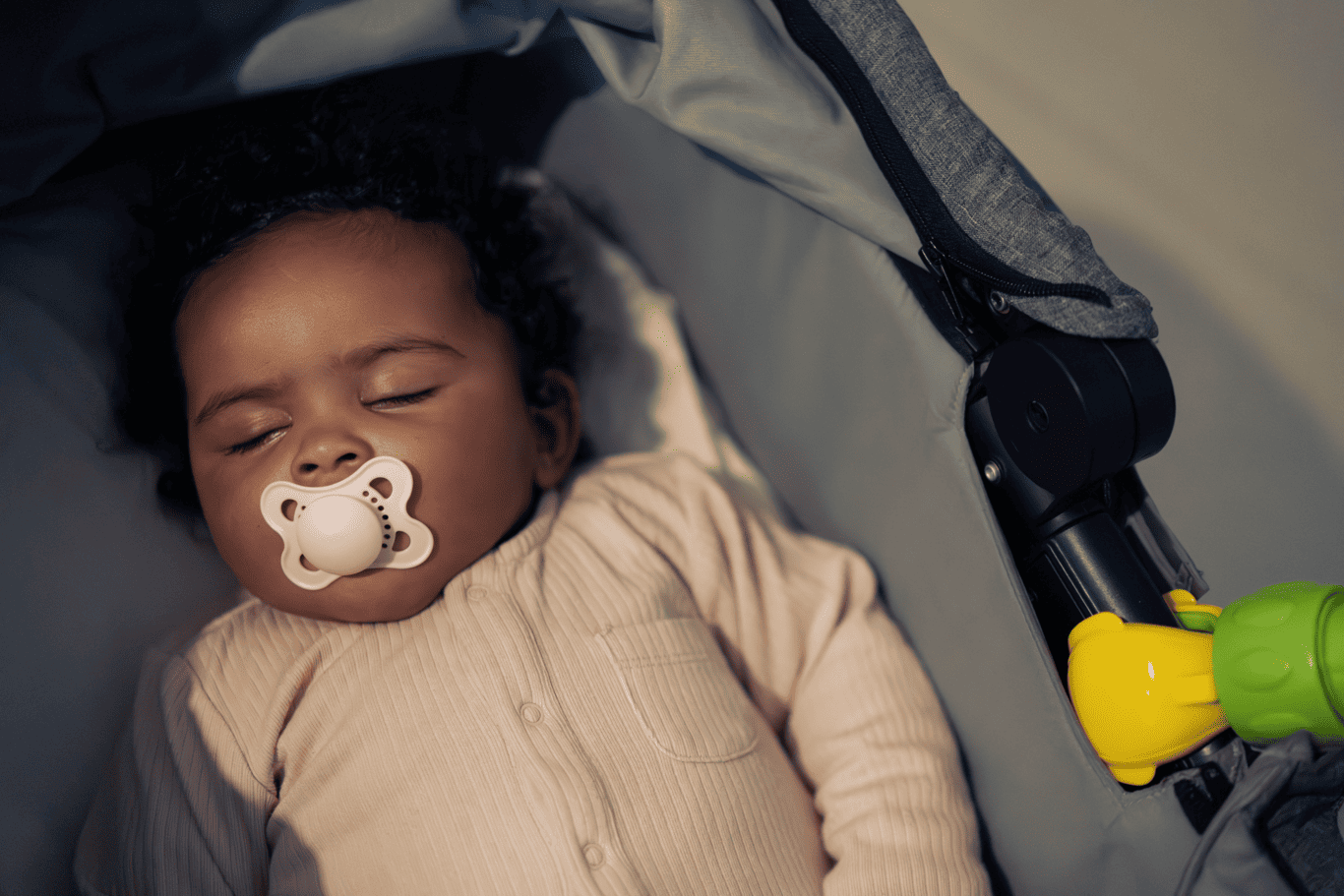Weaning from a Pacifier
Babies are born with a natural sucking reflex that enables them to feed. Beyond the existential nourishment necessity, the act of sucking also fulfills the emotional need to calm an unpleasant sensation of pain or anguish. While breastfeeding fulfills some of this need, many babies need additional sucking beyond feeding times. Sucking on a pacifier or a thumb can satisfy this need for non-breastfed babies or those who require extra sucking time beyond breastfeeding.
Using a pacifier
There is no broad recommendation for using or not using a pacifier. The choice to offer a pacifier to a baby is, naturally, up to the parents, although some babies refuse to suck on a pacifier. The immediate benefit of using a pacifier is calming crying or distress and alleviating pain. Therefore, it is not surprising that it often becomes a comforting object. Because it quickly calms crying, it also contributes to the parents’ well-being.
You can offer the baby a pacifier to calm them during crying or to alleviate anguish, such as after a fall or after discomfort due to vaccination. However, it is not recommended to allow prolonged pacifier use or staying with the pacifier the whole day.
It is important to note that prolonged pacifier use may disrupt normal jaw development, affect the teeth and gum structure, delay speech, and later require orthodontic treatment. In addition, frequent pacifier use beyond the first year of living may cause a speech delay.
Everything you should know about choosing to use a pacifier
The appropriate time for weaning from a pacifier
If you offer your child a pacifier, there comes a time when it is advisable to wean them from the habit. So, when and how do we part from the pacifier?
Children differ from one another; some stop using a pacifier even before the age of one, whereas others require a much longer process. As with any developmental topic, it is important to understand the child’s needs but to be aware that as they grow, the disadvantages of using a pacifier outweigh the advantages. Therefore, it is recommended to wean children from their pacifier as early as possible.
Weaning from a pacifier is recommended around one year of age. However, if there is still a strong need for the act of sucking, you can wait a couple of months and try again. It is important to be attentive to your child’s needs and offer them a pacifier only when a real need arises.
Until the age of three, it is recommended to be after the weaning process because beyond this age the risk for orthodontic complications increases. Take them to a children’s dentist for a dental examination to check whether the pacifier has caused a problem with the jaw or mouth’s development. If, by the age of three, the child is still using a pacifier, it is recommended to take them to a children’s dentist for a dental examination to check whether the pacifier has caused a problem with the jaw or mouth’s development.
Create a gradual process
The process of weaning from a pacifier can be gradual and spread over several months. This way the child has a chance of getting used to life without a pacifier.
-
1Foster a positive process
Encourage and praise your child when they go without a pacifier for a while and celebrate success. Negative feedback and criticism may lead to negative feelings around the weaning process and create power struggles that will only prolong it.
-
2Limit pacifier use to when needed
During waking hours, limit pacifier use, for example, during playtime when the pacifier is not really needed.
-
3Maintain consistency
Once you choose to begin the weaning process until complete discontinuation, there may be difficult moments. These are a natural phase and part of the maturing process. Therefore, it is essential to maintain consistency.
-
4Offer emotional support
If the child experiences difficulty or crisis moments, this is the time to show understanding, to take an interest, and to talk with them about their feelings, and to help them cope. For example, give a hug and say, "I see that it's hard for you, but you can do it."
-
5Sleeping without the pacifier
In the next stage, it is advisable to decrease the link between pacifier use and the stage of falling asleep. Encourage your child to use other items instead of the pacifier, such as a doll or a beloved blanket.
-
6Celebrate saying goodbye to the pacifier
For the final stage of weaning, create a farewell ceremonial event with anything that can help the child part from the pacifier. This can involve giving the pacifier to a younger baby or hanging it on a tree and saying goodbye.
If the child still expresses a strong resistance to say goodbye to the pacifier and ongoing power struggles arise, do not remain with it alone. It is advisable to turn to a Tipat Halav Health Center nurse and consult with her about possible ways to resolve the difficulty.
Thumb-sucking weaning
Ongoing thumb-sucking can cause similar phenomena that are caused by pacifier sucking. However, thumb-sucking weaning is more complex. Most children will stop thumb-sucking by themselves, but if a child is still thumb-sucking by the age of four, it is advisable to turn to a physician or a dentist to ensure no harm is done.
Please note
Please note
Weaning from a pacifier or thumb-sucking can be an easy process for some children, while for others the journey is longer and often challenging. It is advisable to approach the weaning process with determination, but also with patience and creativity, and in any case, not to use punishments around weaning.
You may be interested in
This webpage is under construction.
If you want to know more about a certain topic, tell us. Your input matters!

















